At the show with the artist: Jennifer Tee and Renaissance Rugs
We speak with Jennifer Tee about Renaissance rugs, using history of textiles to reflect on the appropriation of visual cultures and forms of exoticism.
The expression “Renaissance rugs” in the title of this piece should be seen as metaphorical. Although rugs of native design indeed existed in the Renaissance, what we refer to is rather the appropriation of Oriental rugs by painters and decorators at the time: Oriental rugs becoming Renaissance rugs. We spoke to Dutch artist Jennifer Tee about this topic, convinced that her artwork could provide new perspectives. Writes Domeniek Ruyters that “Tee’s attempt [is] to forge a connection […] with distant cultures at the other side of the world, which in her vision are unmistakable there nonetheless.” This interest of hers strikes a chord in the context of Renaissance rugs.

[Here is the official website of the artist and here her personal page on the site of Fons Welters Gallery. Ed.]
The focus of the following conversation is not so much cultural appropriation–and the possible wrongdoing linked to it–as it is cultural representation. This piece for the series “At the Show with the Artist” offers no straightforward answers to the ethical issues at stake with cultural appropriation and even theft of artefacts; crucial topics indeed, just not academically dealt with here. Yet, these themes emerge indirectly in the conversation below about ancient and contemporary artworks. From the self-made image of contemporary Western nations like the Netherlands to exotic symbols of value in the 15th and 16th century Venice, passing through the practice of Jennifer Tee, we aim at providing a reflection on the flows of visual cultures that happened through trade, travels and forms of exoticism.
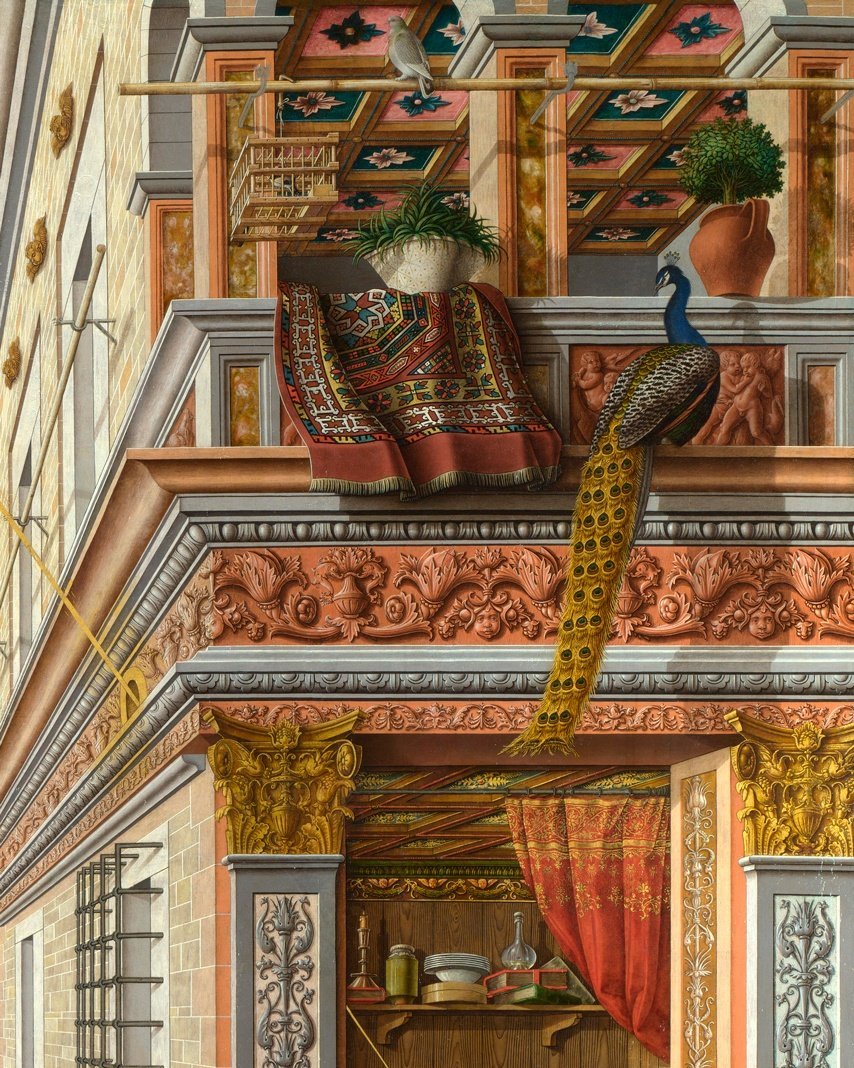
***
There is a brilliant, short text by polymath Seth Siegelaub about the importance of textiles as portable objects interwoven between the history of ornament and the history of trade. We have decided to take Oriental rugs in the Italian Renaissance as a starting point for this article, the way paintings from the period became a record of rug design imported from the East. You use design from Indonesia for your Tampan Tulip works. Do you see them also as some kind of record?
Jennifer Tee: It’s interesting that Oriental rugs were described through Renaissance paintings. The Tampan Tulip pieces I made, which were first commissioned for the central station in Amsterdam, also represent a sort of gateway. Often in my work I have used materials of various origins, like bamboo and clay from several areas, to give content to the work. For the tulips, I wanted to use something very close to Dutch identity, especially what tourists have in mind when they visit the Netherlands. I was thinking how the Tulip fields are the symbol of the land here, even though the plant is not native. Thinking about the patterns of petals in my pieces, I realized I wanted to reference a different place, existing textile from somewhere else. This process brought me to Tampan, South of Sumatra, an area that became wealthy from the pepper trade. These textiles often depict a ship, that’s the main motif. It carries human souls to the afterlife, showing a transitional moment. They are called “ships of souls” and they don’t only carry human souls but also animals and plants. At the same time, ships also represent the community of fishermen of the Sumatran region, and even their hierarchy since sometimes the ships have multiple decks. Another thing that fascinated me was this kind of combination between abstraction and figuration: the geometric ship and the very recognisable, very detailed shapes of the humans, animals and plants.

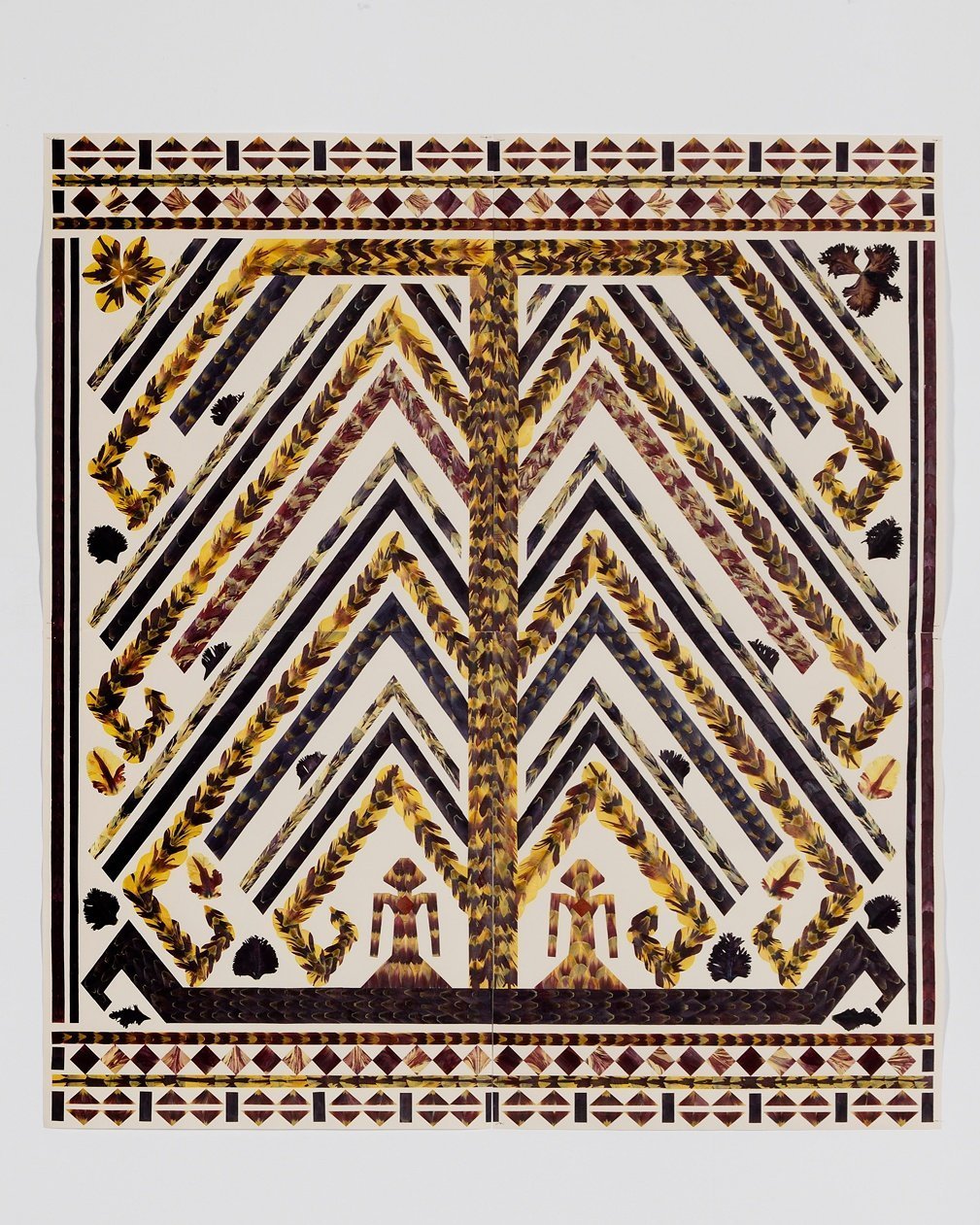
A difference between the Oriental rugs from Renaissance paintings and these weavings from Indonesia is that the latter never became as fashionable in the West as the former.
Jennifer Tee: Indeed they never became popular in the Netherlands. They were used in Indonesia as a ceremonial textile for rites of passages, burial, weddings, initiations. They were very specific. Moreover, they are weavings, whereas the Renaissance rugs are carpets, which are geometrical instead of figurative. This might explain why they were easier to use as decoration, or even put in pictures to show the skills of the painter. Later on during the Dutch colonial period–Indonesia being one among other colonies–different textiles from the East became popular, Batik for example. They were first traded, and then became fashionable, copied and exported back by the Dutch.

Siegelaub also mentions the plasticity of textile, relating it to architecture. In the Renaissance, Oriental rugs were also used to modify the look of buildings or Christian symbols like the altar. Paintings show that. Can you elaborate on how you exploit the malleability of textile in your work? You mention tents and capes, both designed by you and appropriated like in the case of the work of Hélio Oiticica you have used repeatedly.
Jennifer Tee: I am very interested in Oiticica and other Brazilian artists working in the intersection between life and art. Oiticica used everyday fabrics to make very sculptural works, for example capes, which he personalised for his friends and the members of his samba club. They also had a political element, some kind of activism. I really like textile as something that can be activated, something that can be folded up and then unfolded, for instance in the tent structure. The tent is related to travel, to an event: think of the circus, or nomads that need to set up a tent to fix their temporary place. At the beginning of my practice I made a few tents, silkscreening stories on them. For example, for the Sao Paulo Biennial I was inspired by the life of Lao-Tze, a Chinese philosopher who wrote about the difference between doing and not doing. It made me think of the position of the artist and the activation of things in performances.
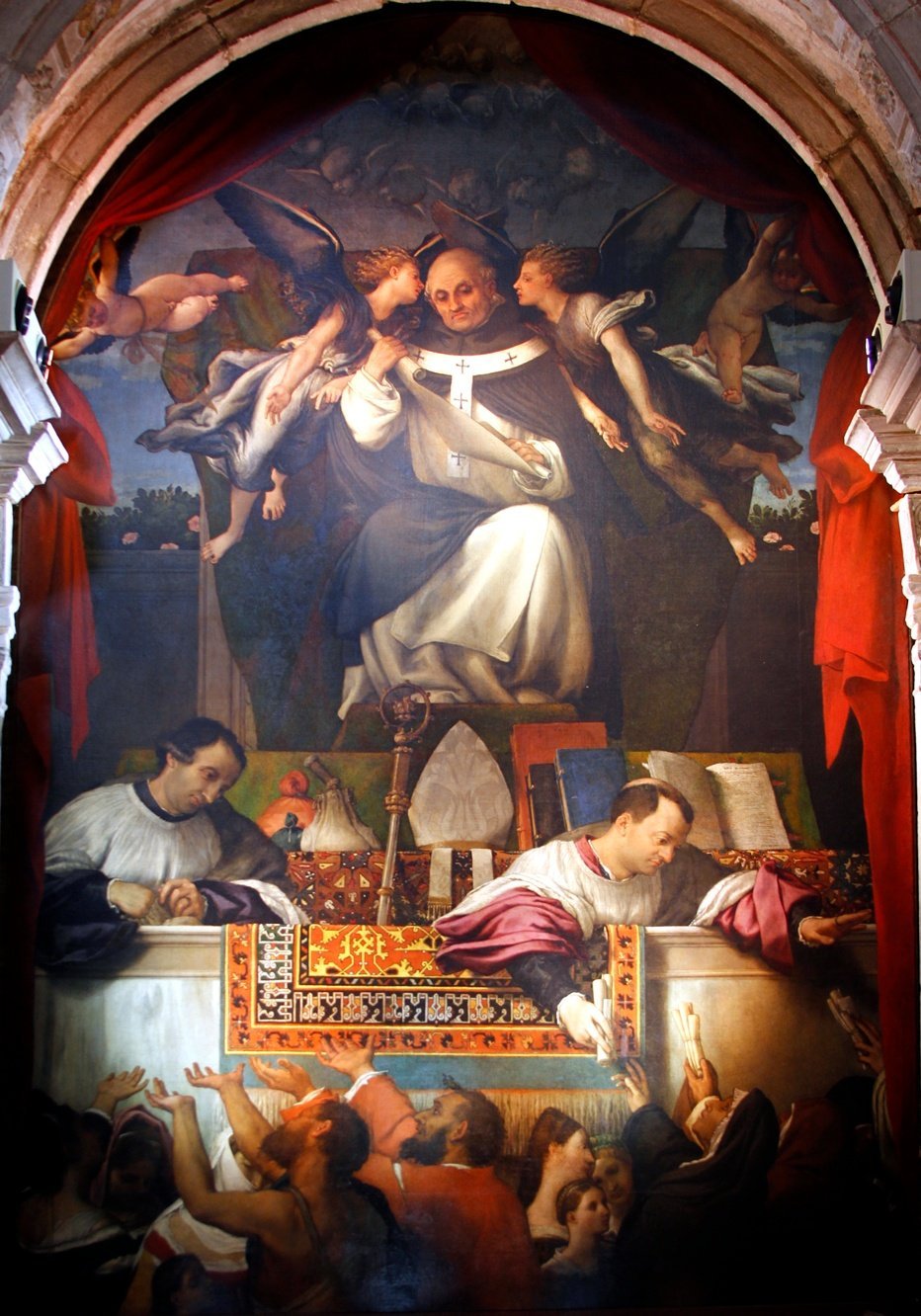
Do you have a preference for structures that are temporary, not too imposing? The opposite of rugs in Renaissance paintings, which were used to just confirm existing, heavy architectural elements.
Jennifer Tee: For me it has to do with presence, with your position as an artist. I want to reflect on the artistic choice of making something that is really present, like a heavy sculpture. I do make things that take up space, yet the environment I care to create is quite light, something that is there and maybe not there at the same time. Even the floor pieces can be a stage for a performance or reading. I also make ceramics, which have the tendency to be quite heavy. Yet often my ceramics have a translucent quality in the glazing, keeping a certain lightness. Sometimes I use the rugs with ceramics, creating a tension between the shiny, smooth ceramic and the tactile wool.
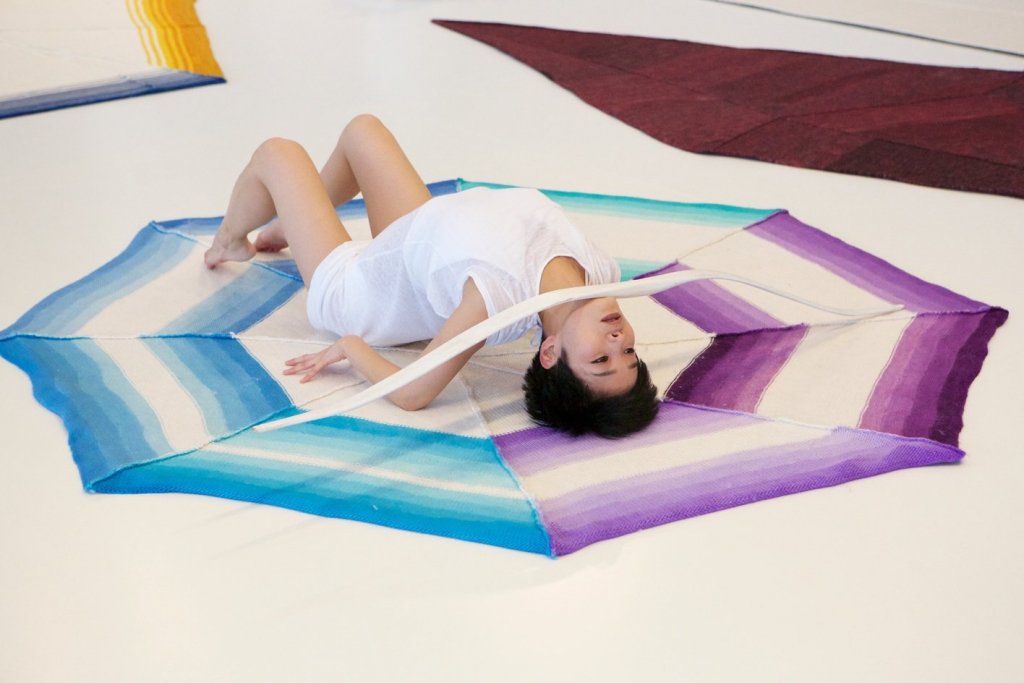
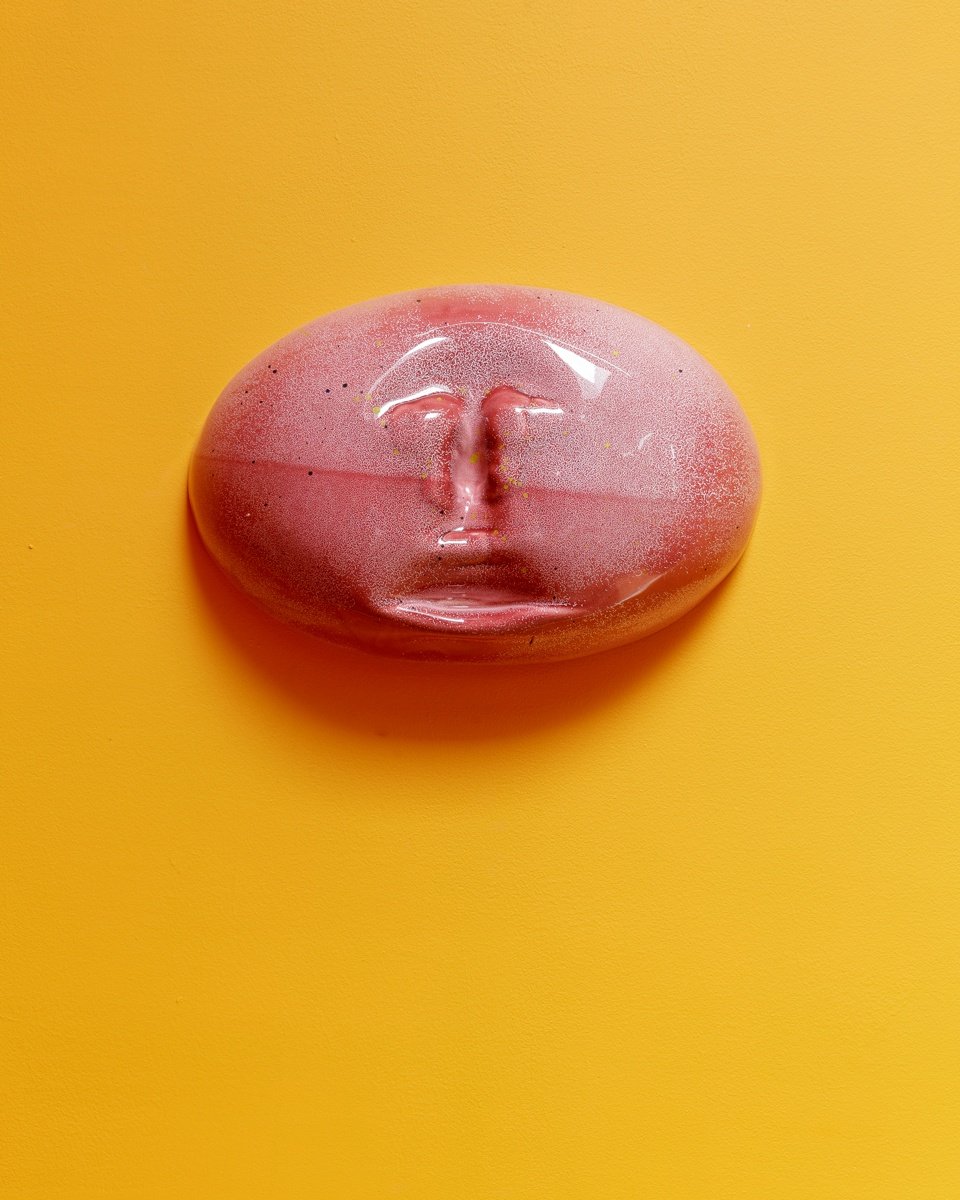
History of trade can also be the history of wrongdoing, from violent exploitation to oppression. Siegelaub indirectly uses textile as a tool for his own political activism. Your approach seems quite different, even though you hint at political engagement when you mention “overcoming” in the context of your show at Kunstraum, an “attitude of resistance towards structures that seem difficult or impossible to change.” Could you elaborate, and perhaps tell us if you can imagine Renaissance paintings of textile used in a similar way?
Jennifer Tee: So many things were happening when I thought about the exhibition at Kustraum: Trump was just elected, the migration crisis, bad news about climate change. As an artist you want to respond to these issues from your studio and from within the work. Of course you need to work with the kind of vocabulary you have as an artist, the kind of work you do. In that exhibition in Camden and Kunstraum I tried to select works that were showing a form of resilience, either spiritual or physical. They were elements of resistance. I also borrowed certain works I was interested in for a long time. For example, Frits Lemaire’s picture of Eugène Brands, as it shows a cornered person who tries to resist. I choose it also for the rug underneath his feet, a sort of stage, but also something that can be pulled away.
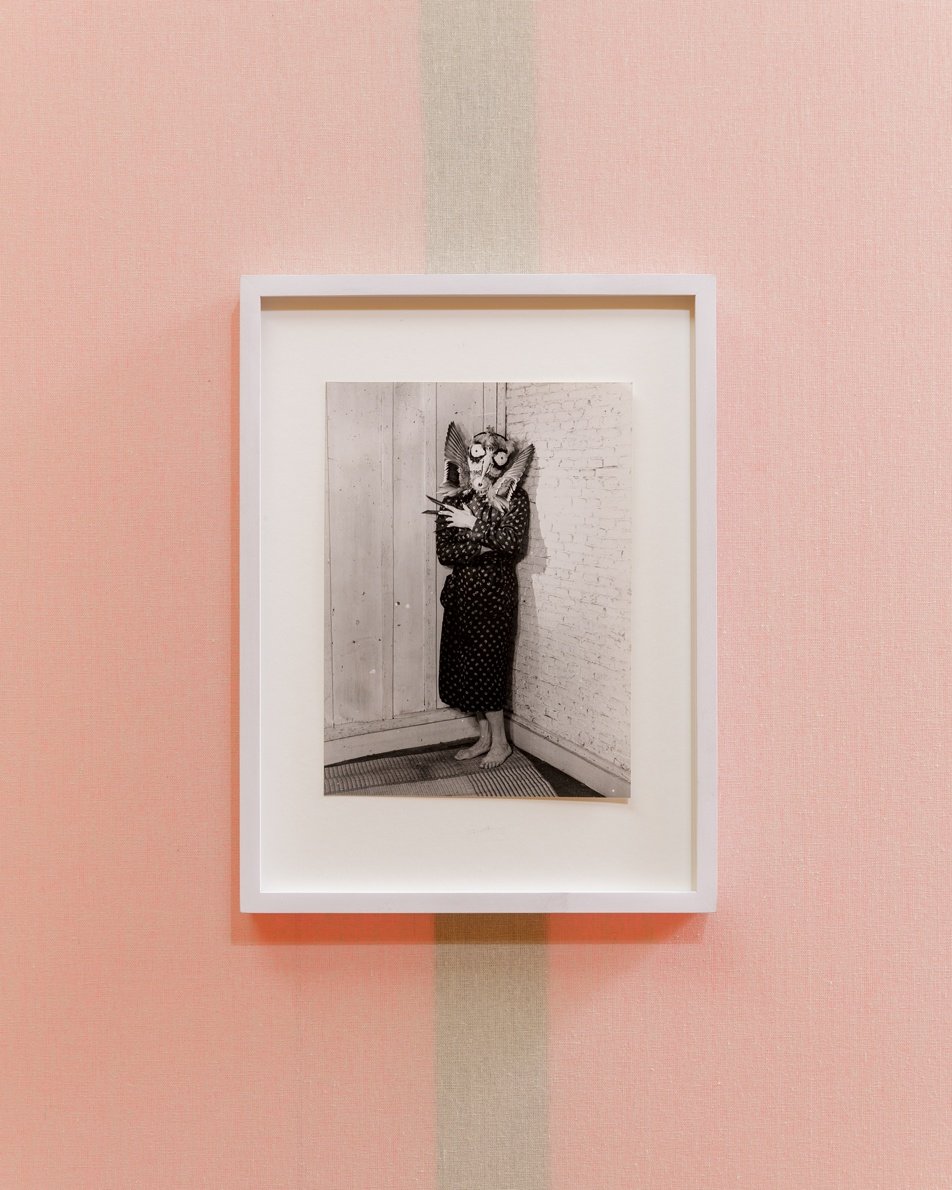
The idea is very close to small gestures, the kind of things children build, like a tent made of furniture with a blanket on top, which is still meaningful as it creates a proper space. And then there is the “resist mold” of the face mask of L’Inconnue de la Seine, a woman who drowned in the Parisian river, whose beauty was captured in that moment and became a trope for many surrealists who had the reproduction of the face in their houses.
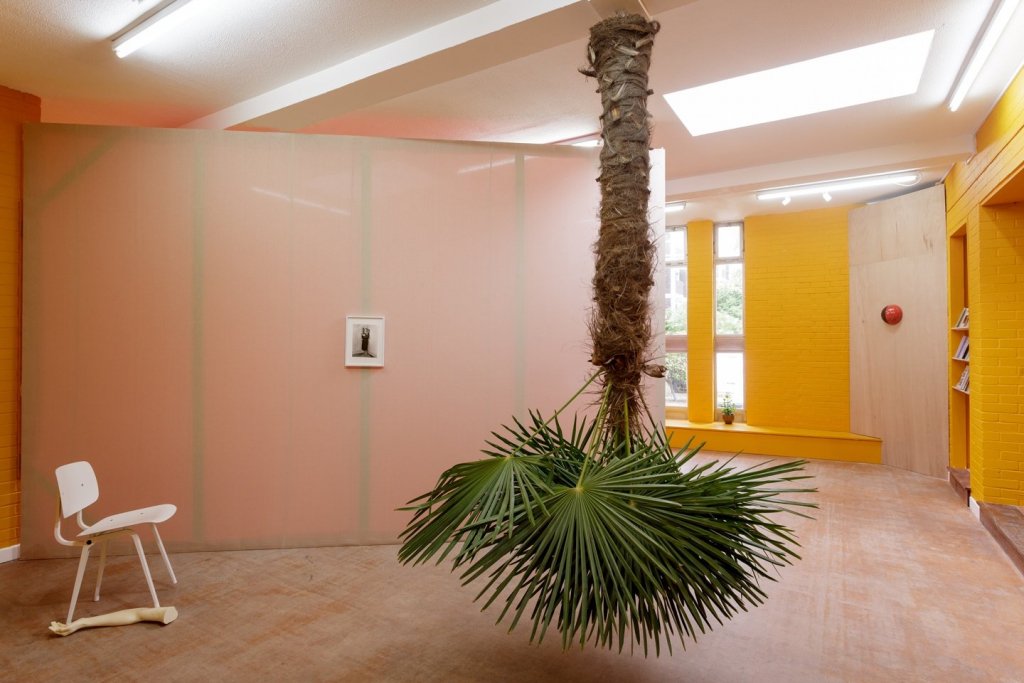
All these objects in the exhibition at Kunstraum were somehow carriers of transformation. They all had an attitude towards resistance, and I think an attitude can be political. The carpets in the Renaissance painting are interesting, as the paintings almost function as a mold to the original. We learned about these Oriental carpets first through scholars who wrote about them in the Renaissance paintings. They are carriers of trade routes, often related to power and wealth and they also reflect an early Orientalist interest.
July 27, 2020
